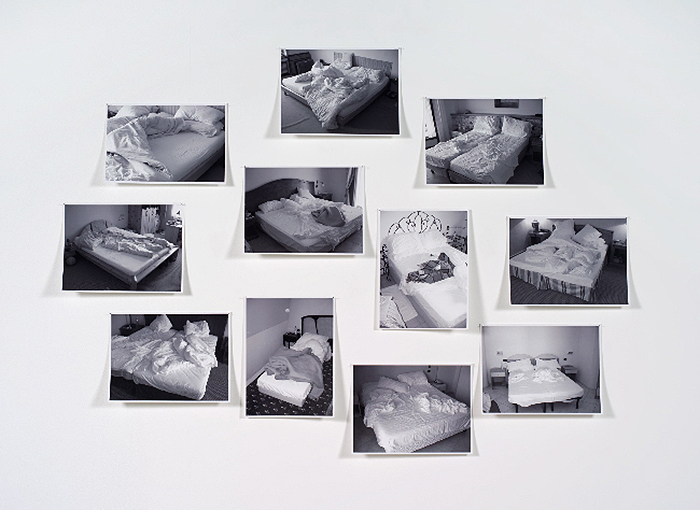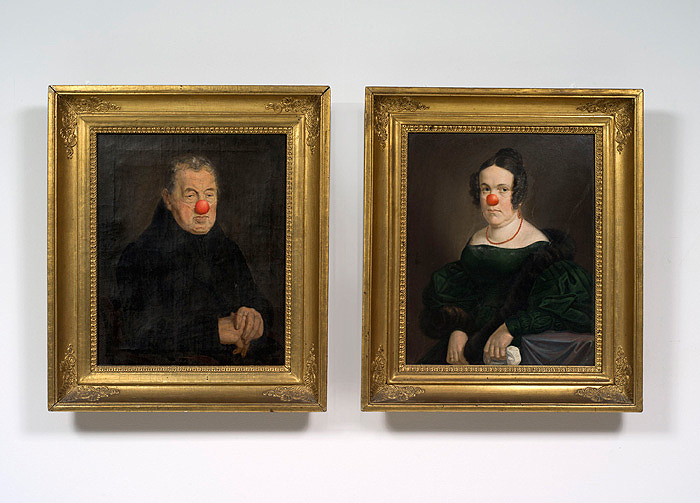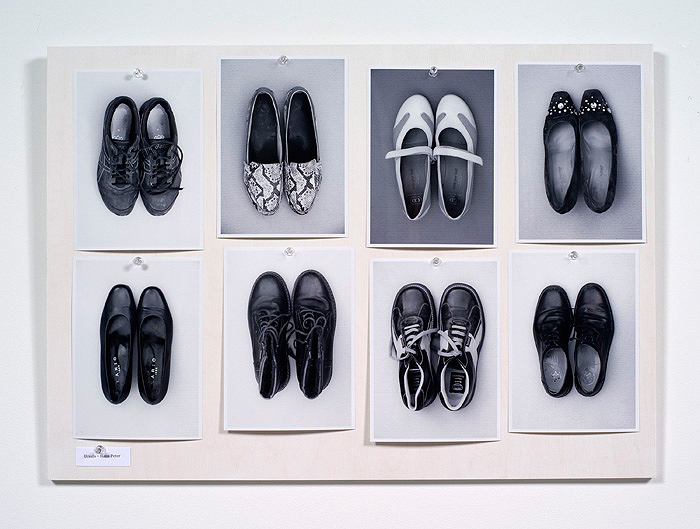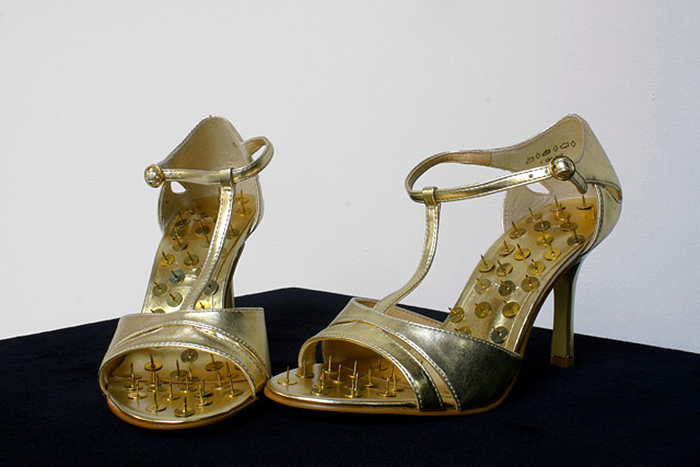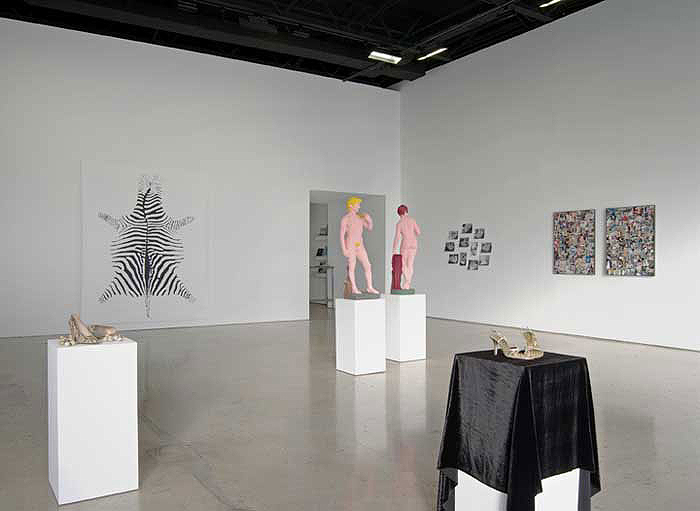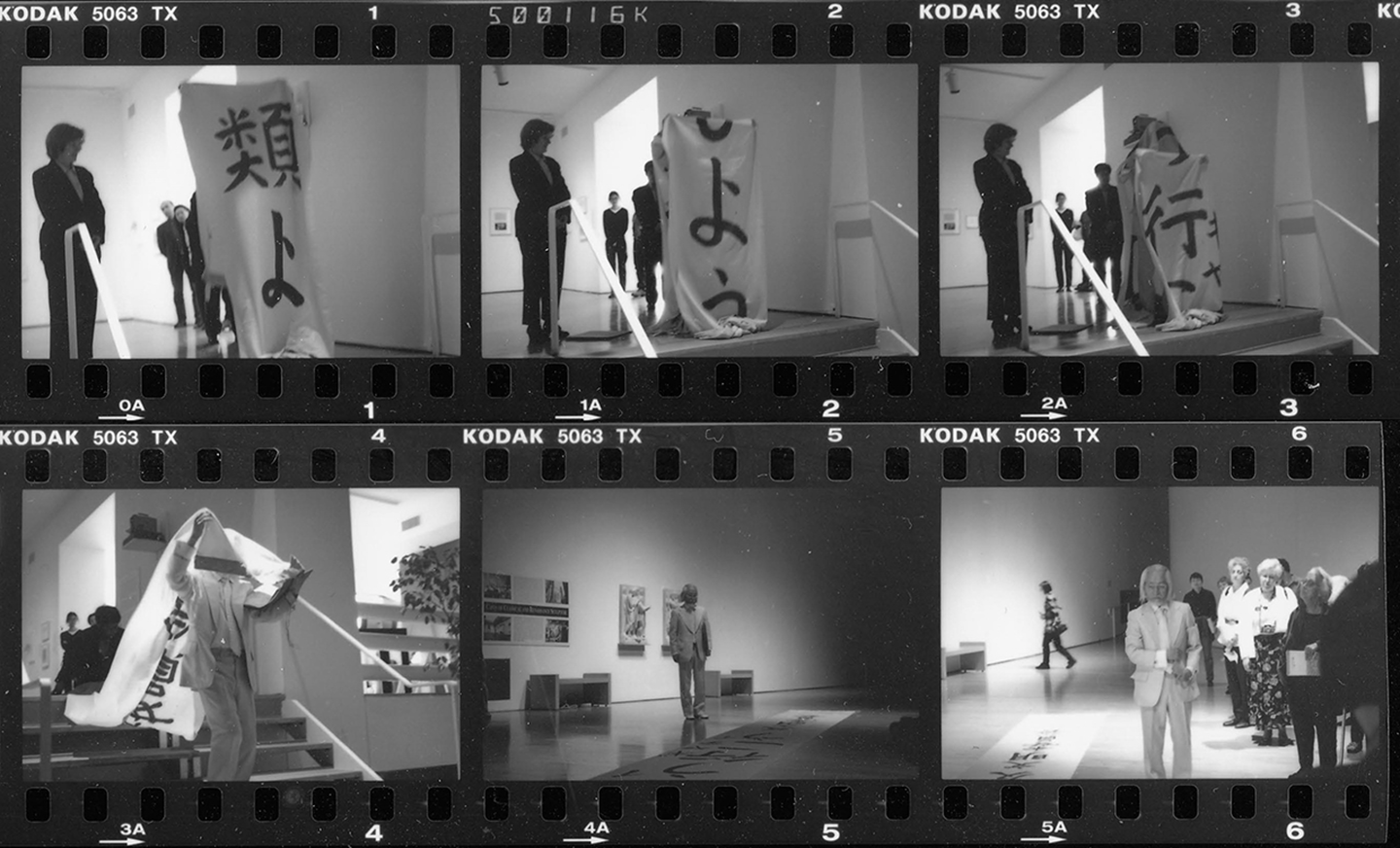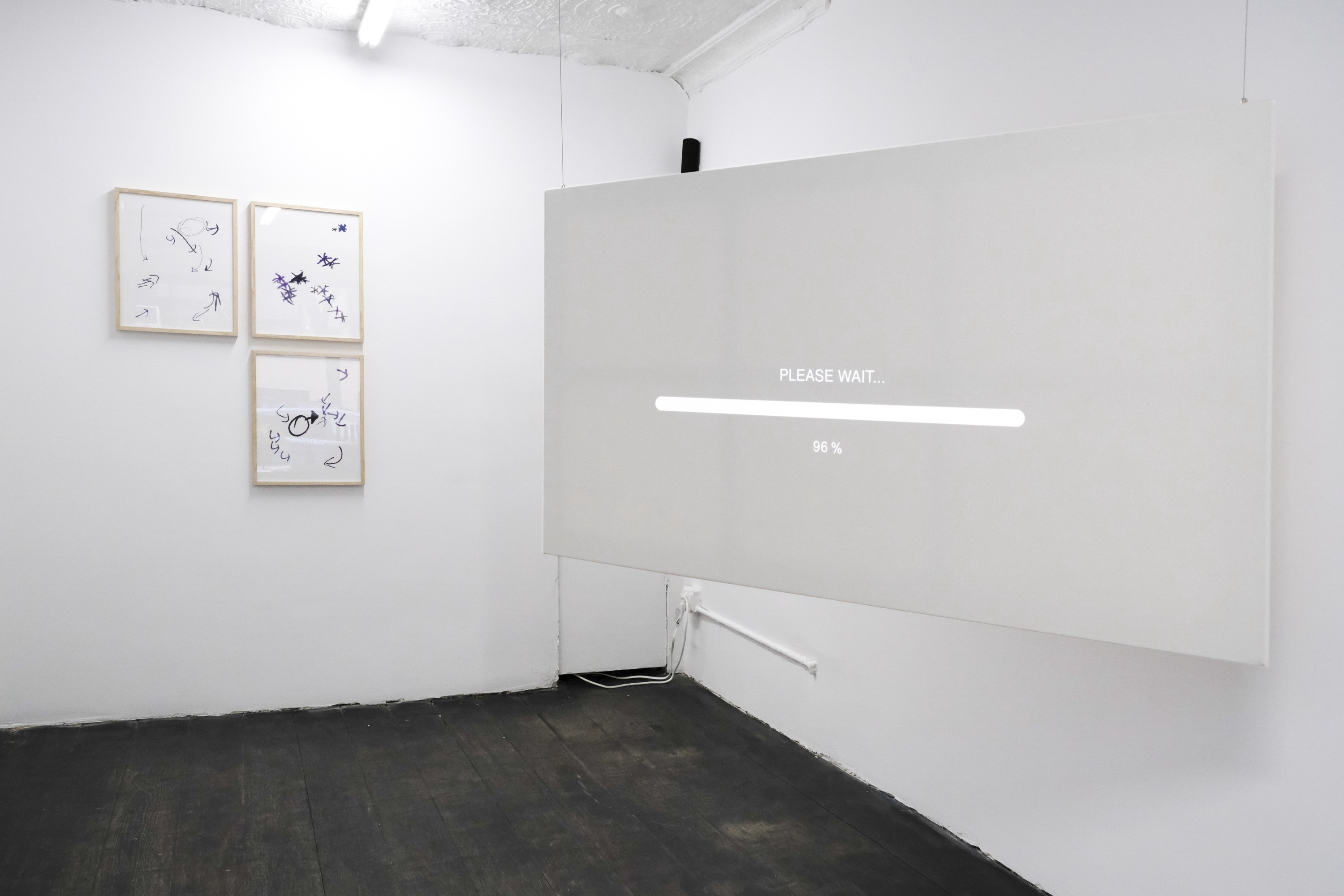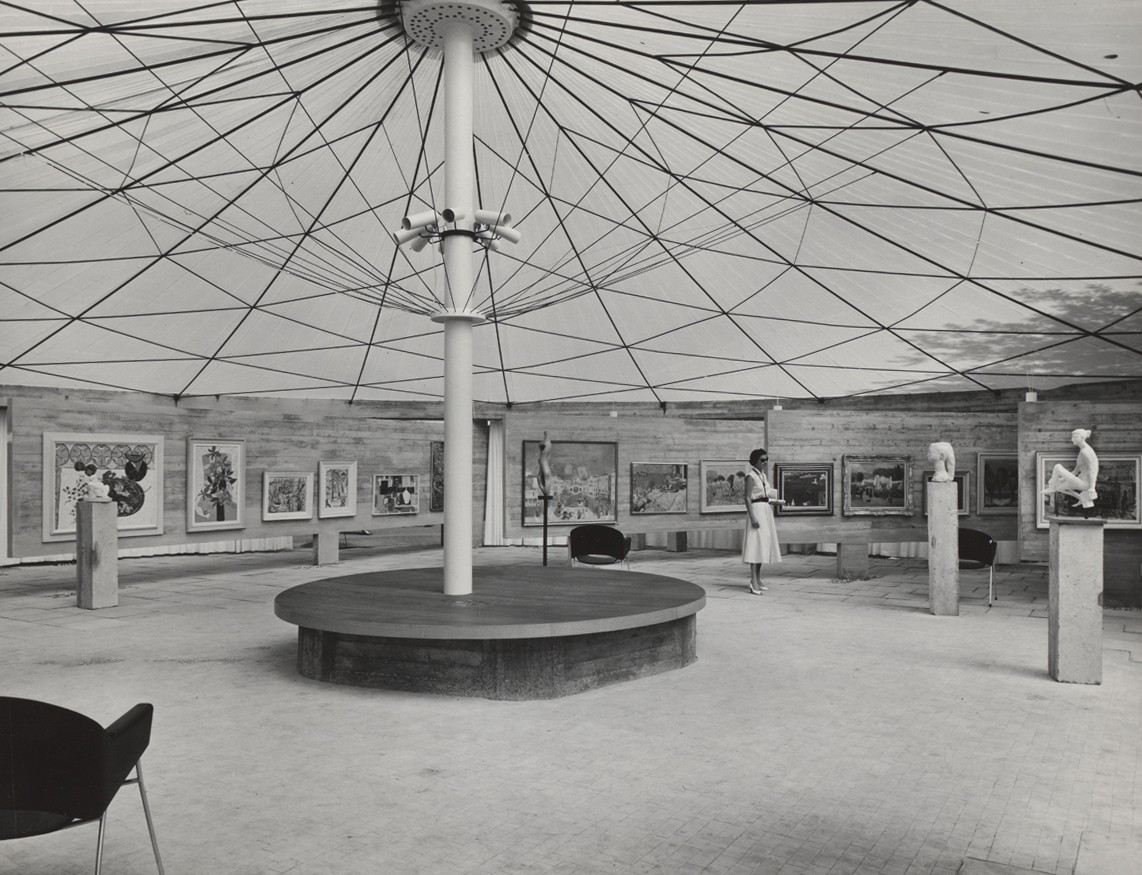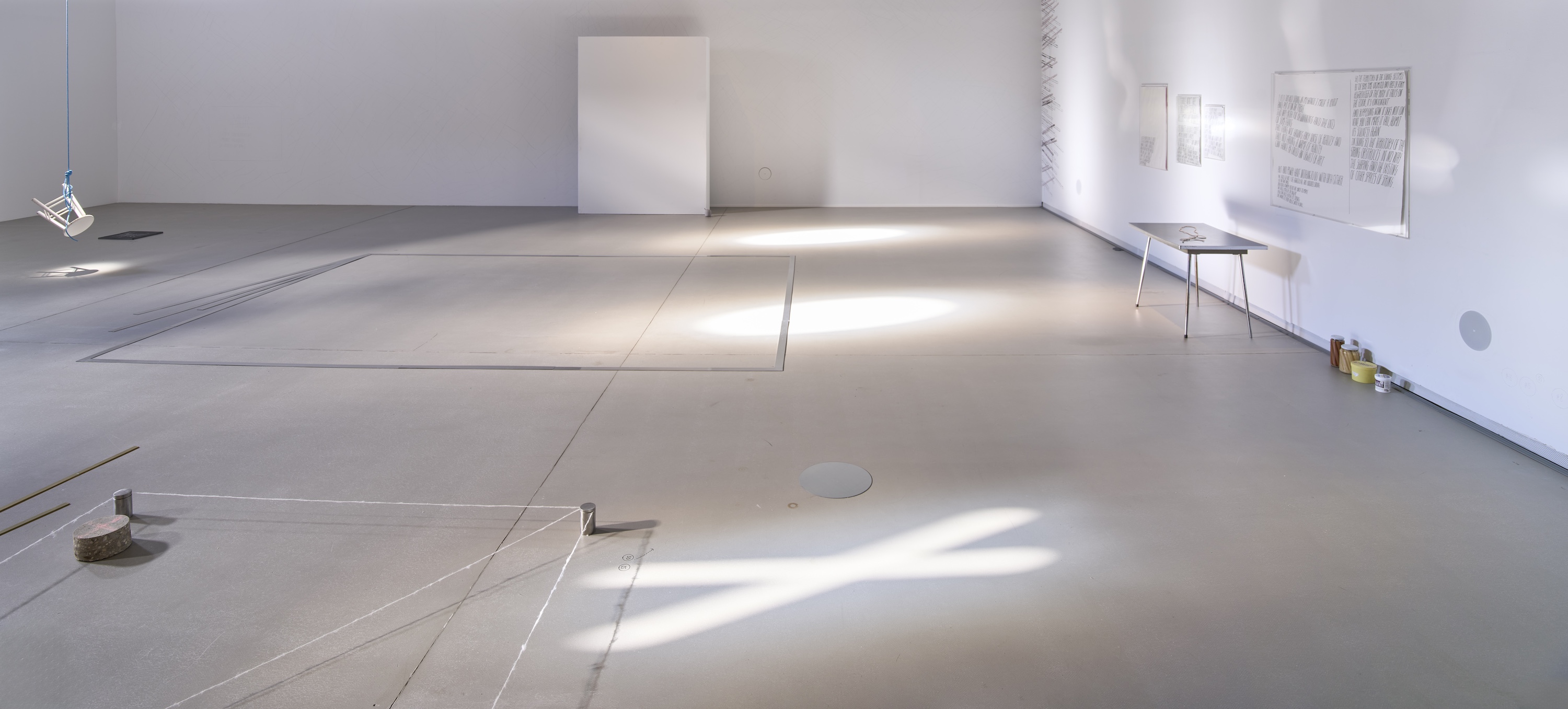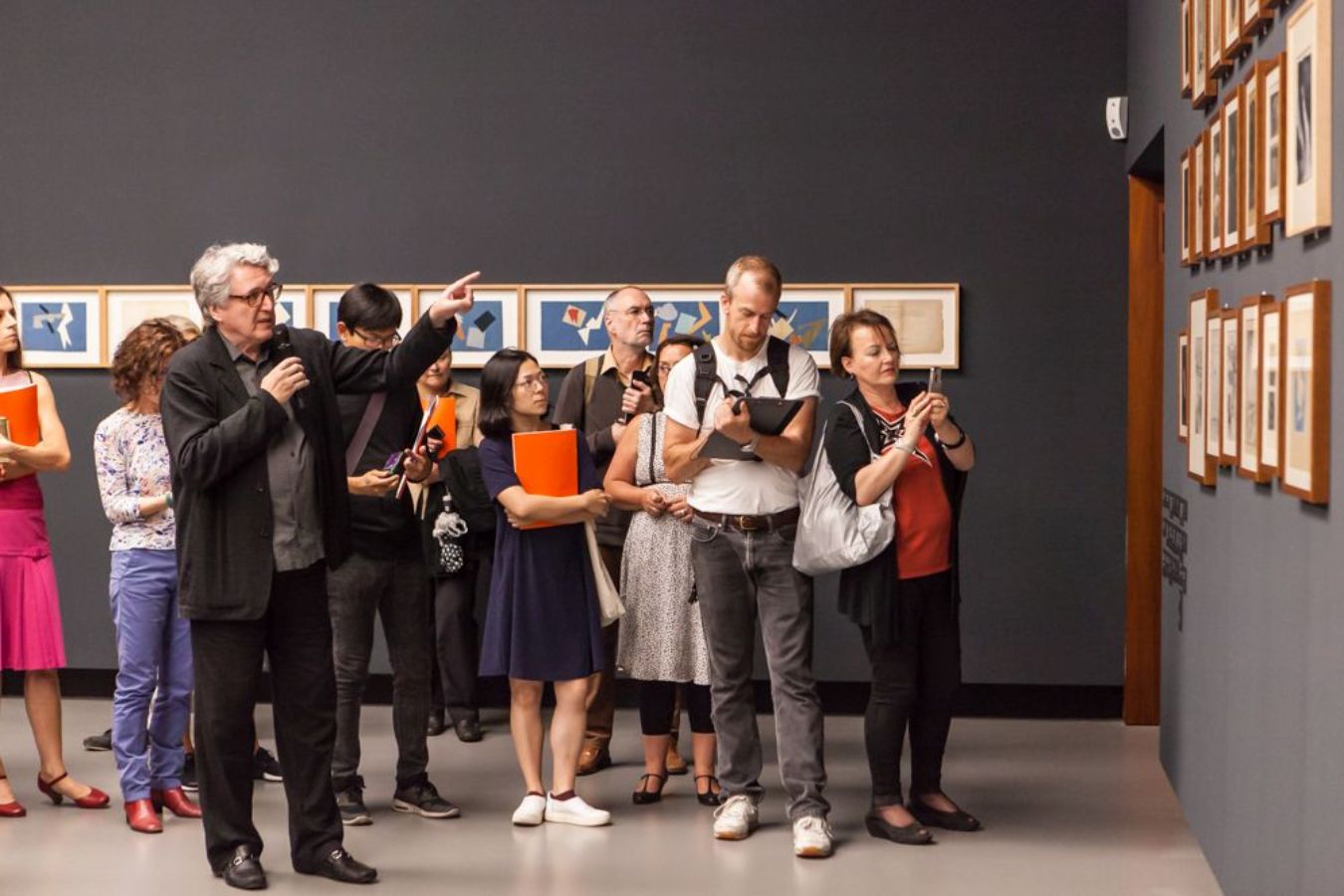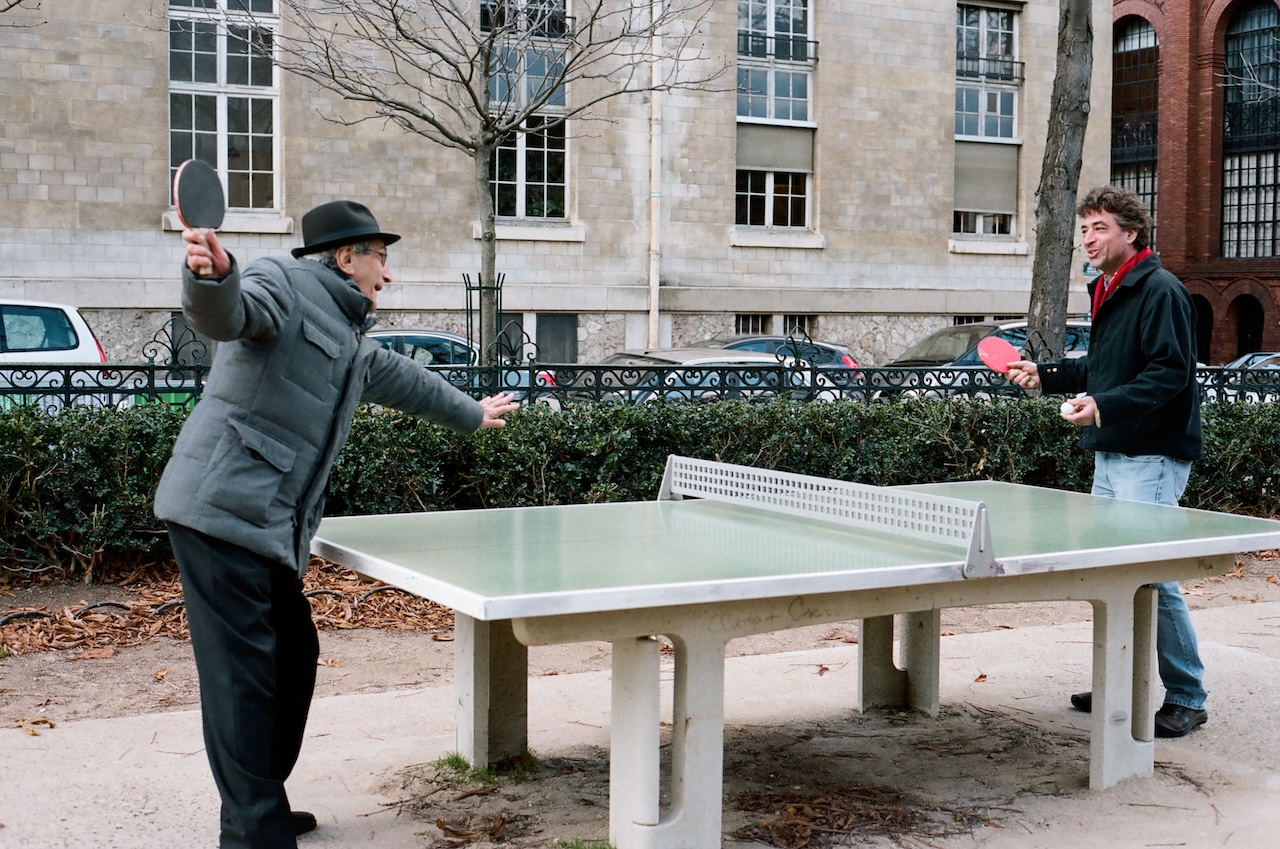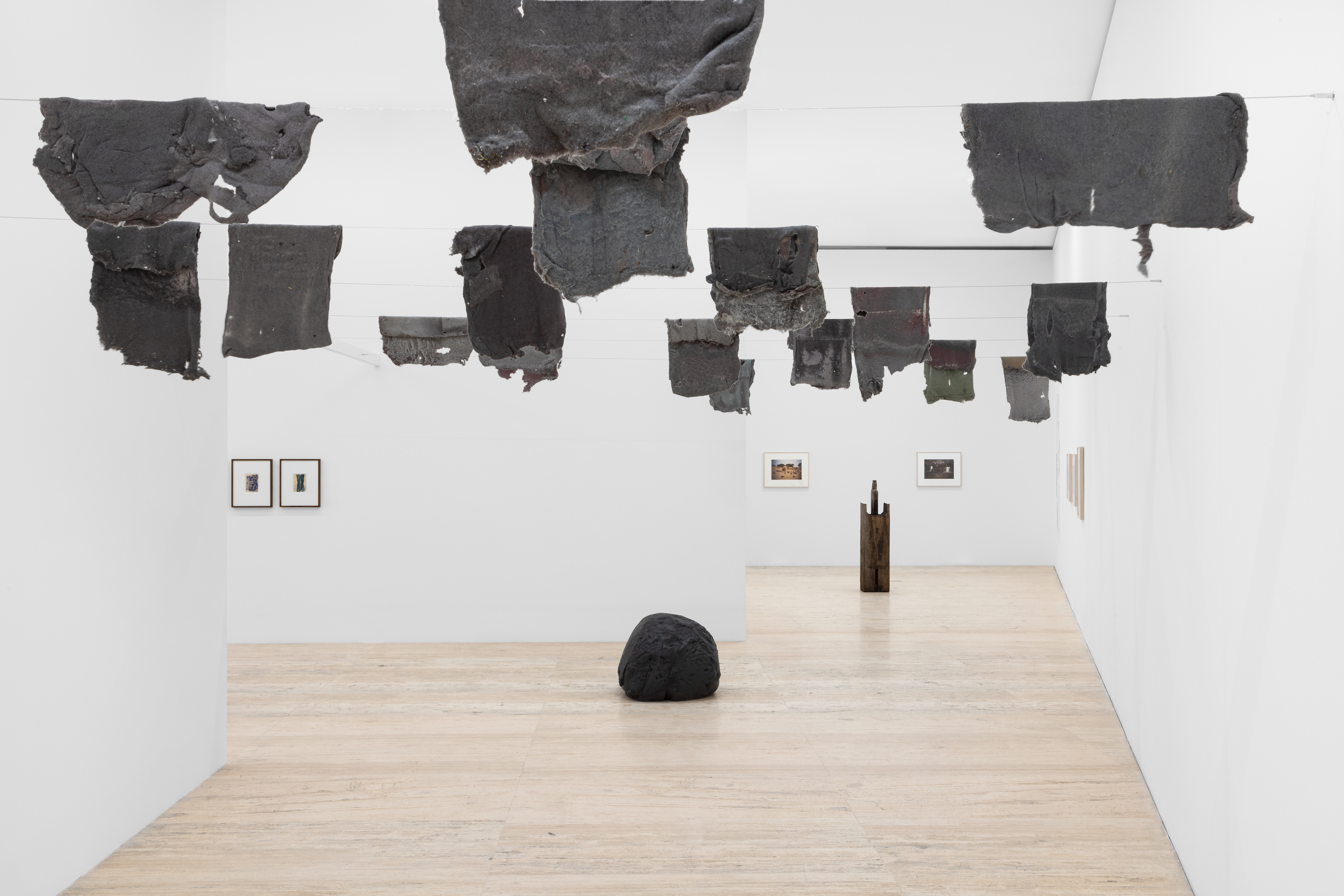February 24–March 31, 2012
Conceptual art has long had a reputation for being a bit dispassionate and cerebral, but recent curatorial and scholarly approaches have emphasized its more human and even emotional sides. Bas Jan Ader’s 16mm, silent film I’m Too Sad to Tell You (1971) is somewhat of a lynchpin work in this respect. A three-and-a-half-minute, black-and-white close-up of the artist weeping, the piece has none of the coolness—except, perhaps, for its lack of a soundtrack—associated with the genre.
There’s a similar warm conceptualism in Hans-Peter Feldmann’s work, and, like the reception of Ader’s art, a period of semi-disappearance and rediscovery. Some of this was self-induced, as when Feldmann stopped making art during the 1980s and later worked fulltime at a gift shop he opened with his wife in his hometown of Düsseldorf. But over the past two decades, Feldmann has produced and exhibited extensively again, culminating with his 2010 selection for the Hugo Boss Prize. For his accompanying solo exhibition at the Guggenheim Museum in New York City, he installed the $100,000 award money in $1 bills lining a gallery adjacent to the main rotunda.
But if a seriality of the mundane is at the heart of Feldmann’s work, the culminating result occasionally signals something larger. In one of his more striking projects, 9/12 Front Page (2001), he gathered the front pages of one hundred newspapers published around the world on September 12, 2001. The repeated, framed images of the burning Twin Towers have an unfoldingly devastating, but not exploitative, effect. Since his work often contains a secondary autobiographical component, it’s worth noting here that the Düsseldorf of Feldmann’s earliest childhood was one of the German cities heavily bombed by the Allies during World War II.
Nothing in his current show at 303 Gallery results in such—or, really, any—dramatic force. Instead, it extends Feldmann’s practice of appropriating photographs of everyday objects and people, and installing them in serial configurations. The collage Beds (Betten) is pretty much just what it says: eleven small, black-and-white photographs of unmade beds. Affixed directly to the wall, the overall piece is decidedly underwhelming, though by choice. One of the images is slightly blurry, none of them appear to be adjusted for contrast, and the shots’ framing is mostly casual. In Husband and Wife, Each with Red Nose, two clichéd Old Master portraits from the early nineteenth-century have red clown noses painted on them. Aside from the relative care with which the paint has been applied, the joke is over almost as soon as the viewer encounters them.
More effective is Ursula + Hans-Peter, eight black-and-white photographs of shoes standing in for the artist and his wife. Configured in two rows, the work vertically alternates pairs of men’s and women’s shoes so that gender positions are reversed and overturned, only to conclude with the men’s shoes in the bottom row mirroring the upward orientation of the female pair. The images implied face-to-face (actually, toe-to-toe) and turning away show Feldmann having fun with heterosexual gender relations and domestic arrangements and perhaps sexual positions, as well as with the man’s part in following the woman.
Despite his use of found materials and his collector’s sensibility, Feldmann’s work locates him rather assuredly at the center of his universe. The range of imagery seems very much of a time and place, even in the series of four enlarged color photographs of vinyl records that run the gamut of jazz, folk, classical, and pop. At the same time, an intriguing play of centripetal and centrifugal energies sometimes occurs in Feldmann’s art. While much of his work, including the format of his numerous artist books, involves a linear display, he also likes to install photographs in clusters. This extends to certain sculptural pieces, five of which are in the current show, including an untitled one with plastic toy animals aimed toward the edge of a small Oriental carpet, or another that features a scattering of quail eggs around a pair of snakeskin women’s pumps.
In the end, Feldmann might be seen as a kind of conceptual structuralist whose primary mode could be described as “this is not that.” It’s a strategy heavily reliant on seriality and repetition. If a viewer chooses to imbue a particular image or work with extra meaning, that seems fine with Feldmann. If not, not. The artist might want you to know that his wife is referenced in various works, but autobiography isn’t his driving concern. Even the exhibited set of eight photocopies of charcoal portraits of Feldmann made by street artists in Madrid seems less about depicting the artist and more a gesture at illuminating the same in difference and the difference in the same.
